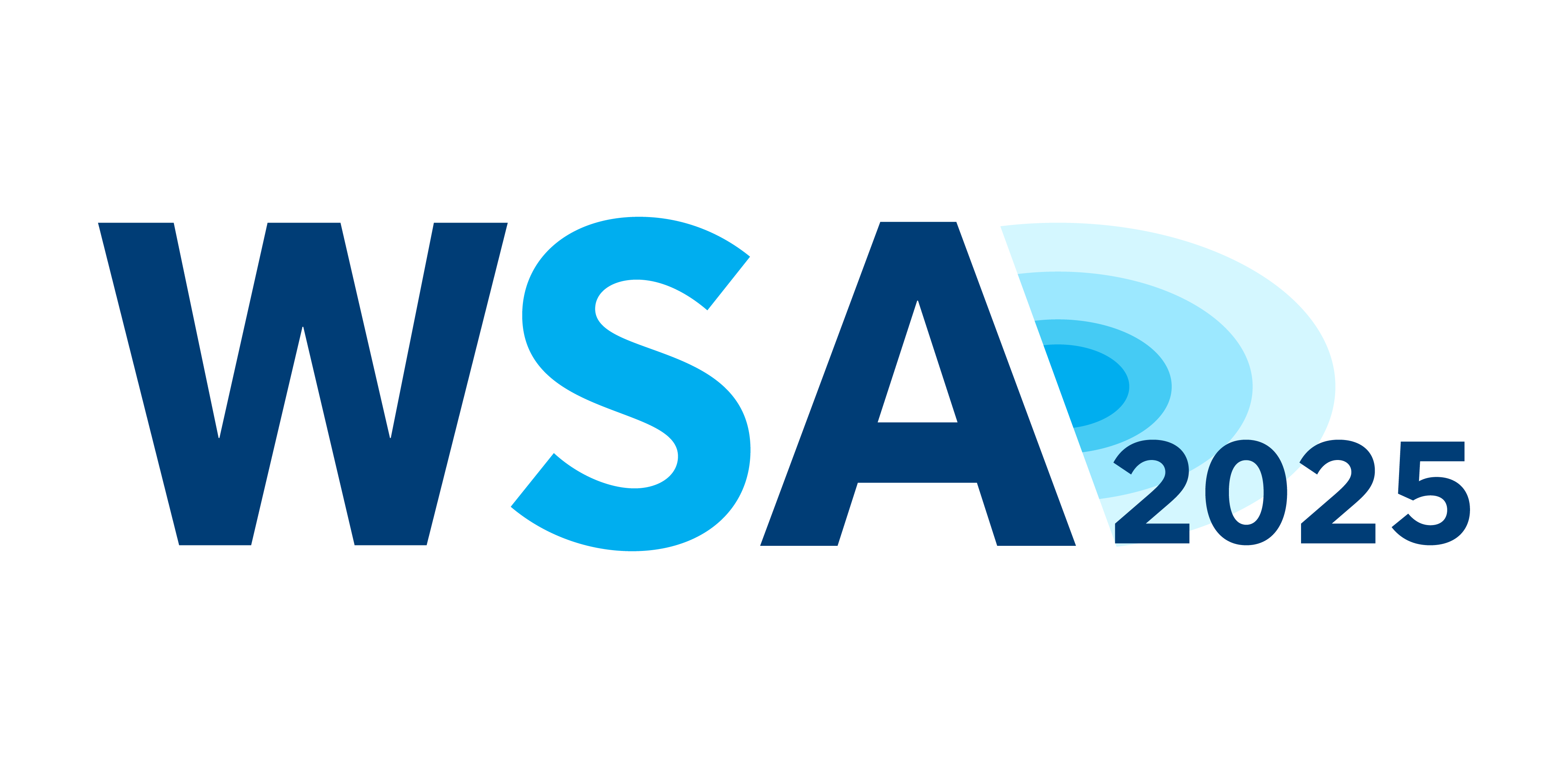In industrial production, people, materials, tools, waste, and packaging interact and move.
We formalize this in terms of flows: flows of people, as well as materials, packaging and waste, etc.
We say that a flow is regular if it does not violate the relevant production norms. Otherwise, we say the flow is irregular. We proposed to equip people, containers for materials, tools, etc., with Ultra High Frequency (UHF) Radio Frequency Identification (RFID) tags to enable their trajectory reconstruction. Sufficiently accurate trajectory reconstruction provides the data needed for the statistical inference about regular and irregular flows.
We focus on analyzing trajectories between different flows because those may violate the production norms. A key goal is to prevent risky paths.
We report on trajectory reconstruction from UHF RFID received phase and signal strength in an experimental lab scenario. The lab scenario consists of a single UHF RFID reader, which is connected to a distributed antenna system installed in a room. The antennas are multiplexed in time with remote-controlled phase-stable coaxial switches. The experimental lab scenario provides detailed maps of received signal strength and phase for all tag positions in a rectangular area in this lab scenario. We report on statistics for tag localization, tracking, and inference on trajectories
For the realized setup based on 11 reader antennas, 99.96 percent of tag positions are covered by at least four reader antennas which indicates the feasibility of high precision localization at 0.04 percent outage.

In industrial production, people, materials, tools, waste, and packaging interact and move.
We formalize this in terms of flows: flows of people, as well as materials, packaging and waste, etc.
We say that a flow is regular if it does not violate the relevant production norms. Otherwise, we say the flow is irregular. We proposed to equip people, containers for materials, tools, etc., with Ultra High Frequency (UHF) Radio Frequency Identification (RFID) tags to enable their trajectory reconstruction. Sufficiently accurate trajectory reconstruction provides the data needed for the statistical inference about regular and irregular flows.
We focus on analyzing trajectories between different flows because those may violate the production norms. A key goal is to prevent risky paths.
We report on trajectory reconstruction from UHF RFID received phase and signal strength in an experimental lab scenario. The lab scenario consists of a single UHF RFID reader, which is connected to a distributed antenna system installed in a room. The antennas are multiplexed in time with remote-controlled phase-stable coaxial switches. The experimental lab scenario provides detailed maps of received signal strength and phase for all tag positions in a rectangular area in this lab scenario. We report on statistics for tag localization, tracking, and inference on trajectories
For the realized setup based on 11 reader antennas, 99.96 percent of tag positions are covered by at least four reader antennas which indicates the feasibility of high precision localization at 0.04 percent outage.